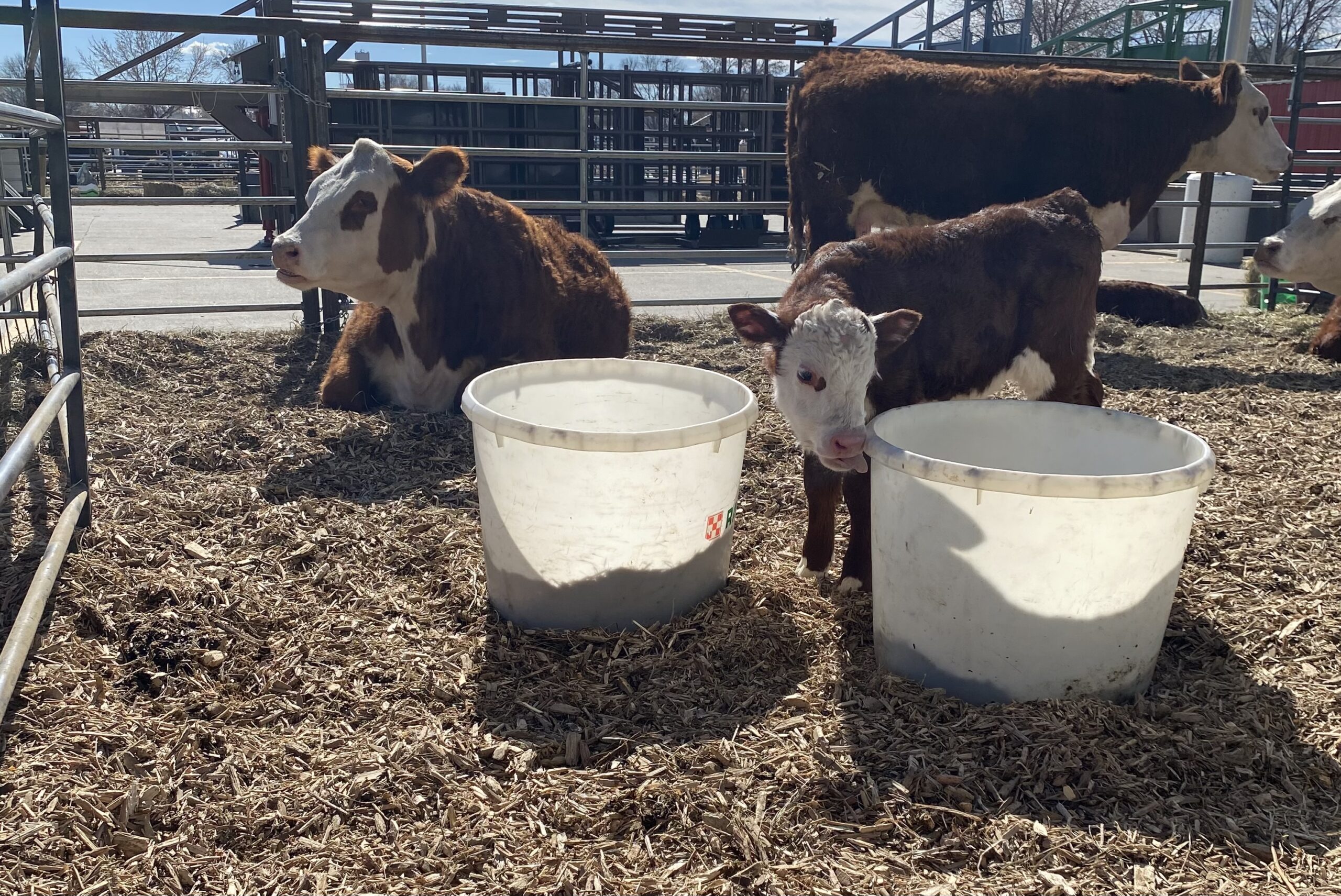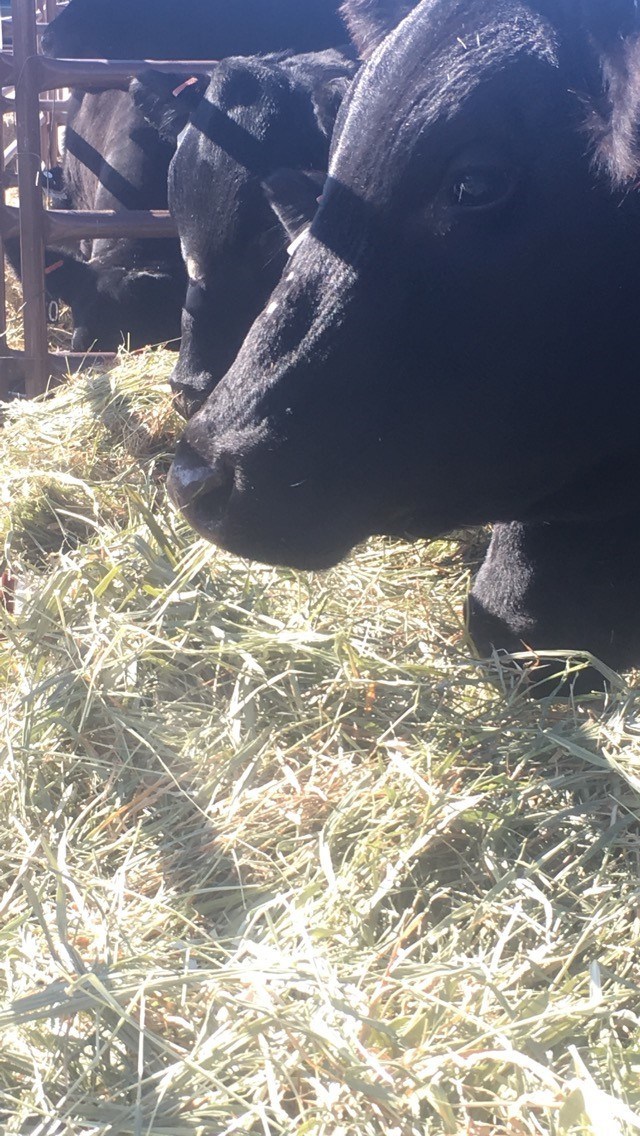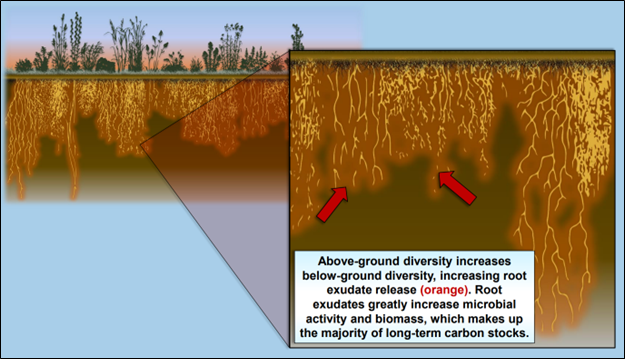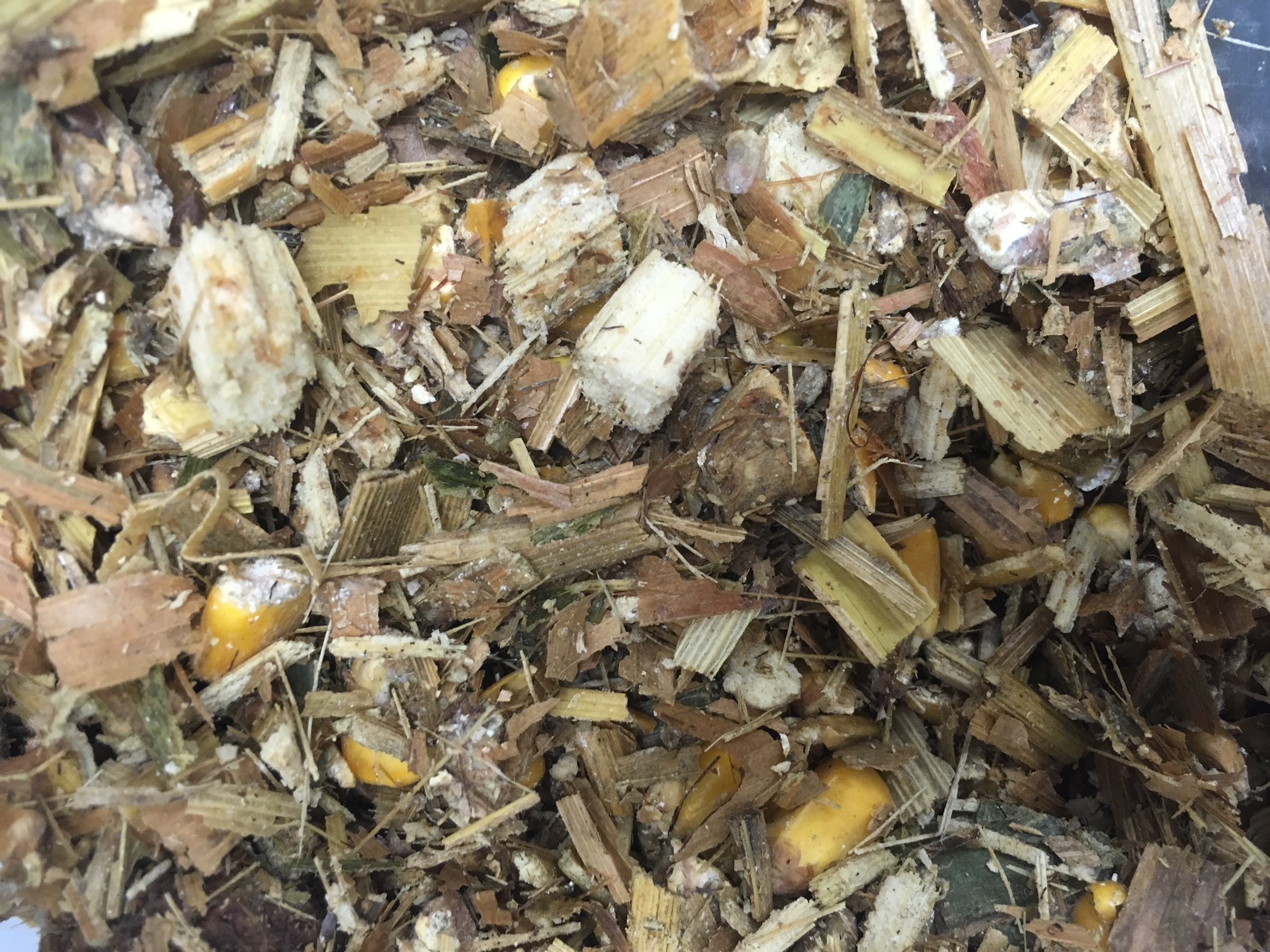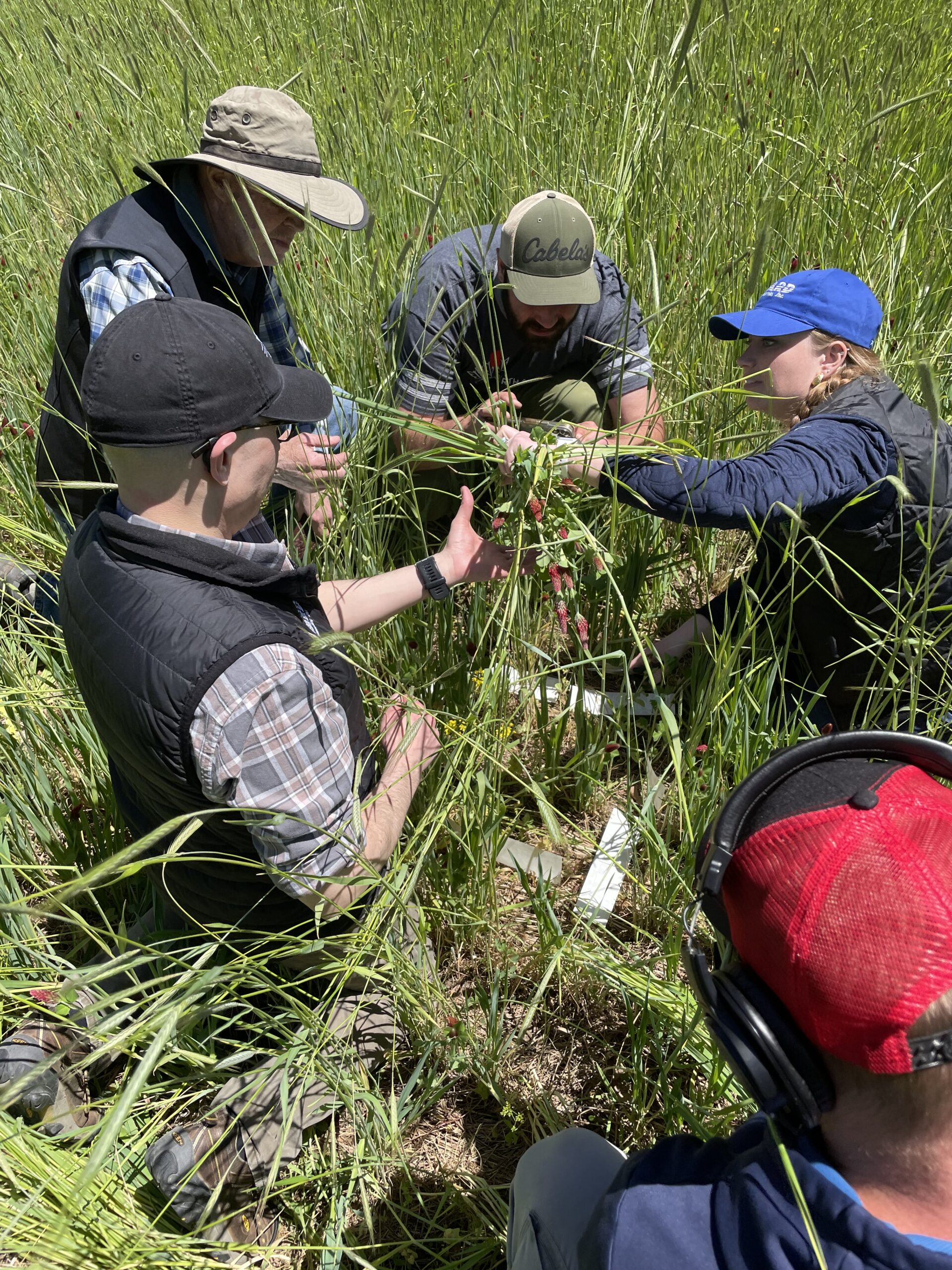
The physiology of pasture bloat [7 tips for grazing alfalfa]
Bloat can cause sudden and unexpected death in cattle. When the rumen is unable to expel gases produced as by-products of rumen fermentation, the rumen expands pushing on the diaphragm. This pressure on the diaphragm can inhibit the lungs’ ability to take in and distribute oxygen and the animal ultimately succumbs to suffocation. Bloating is […]









